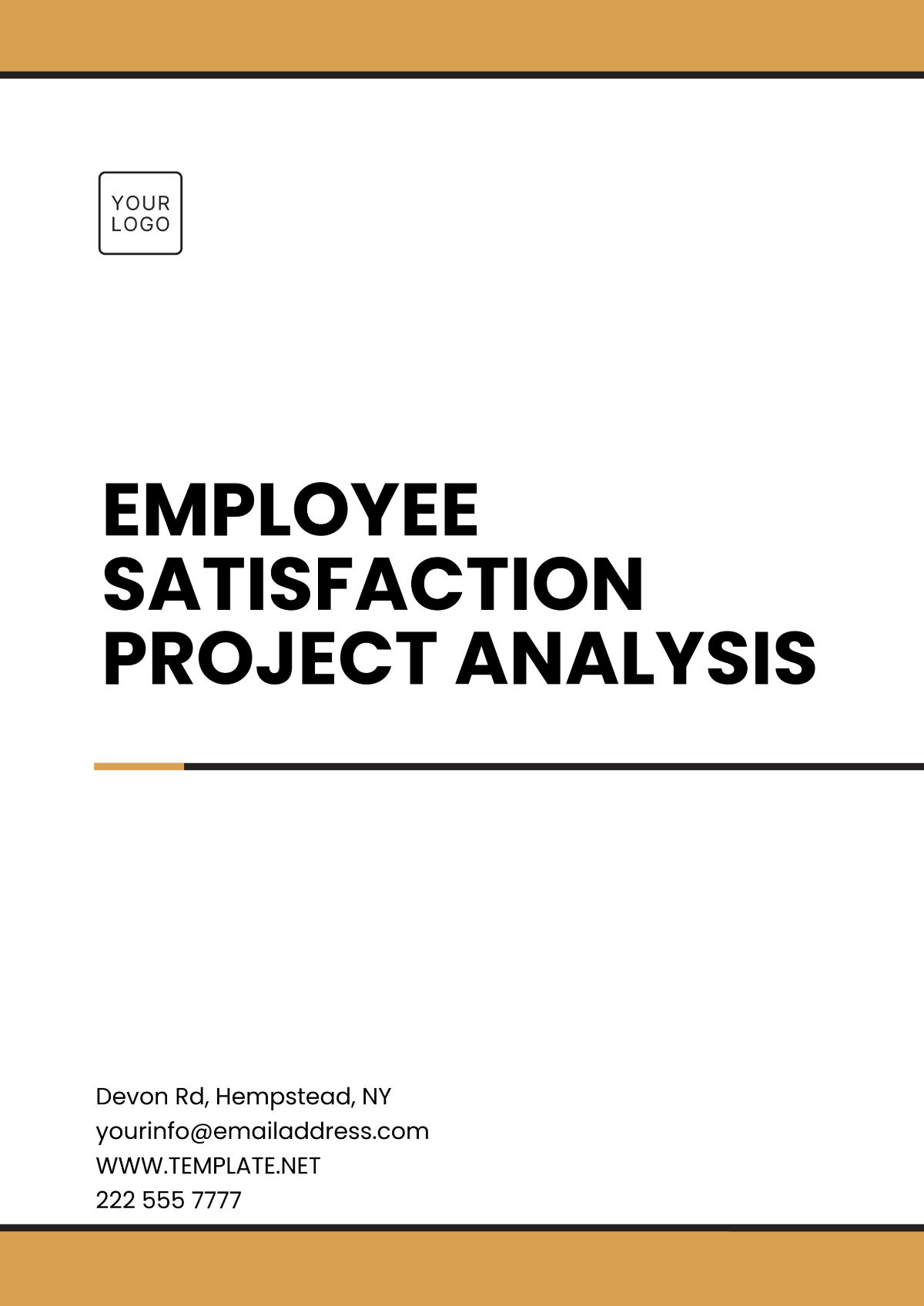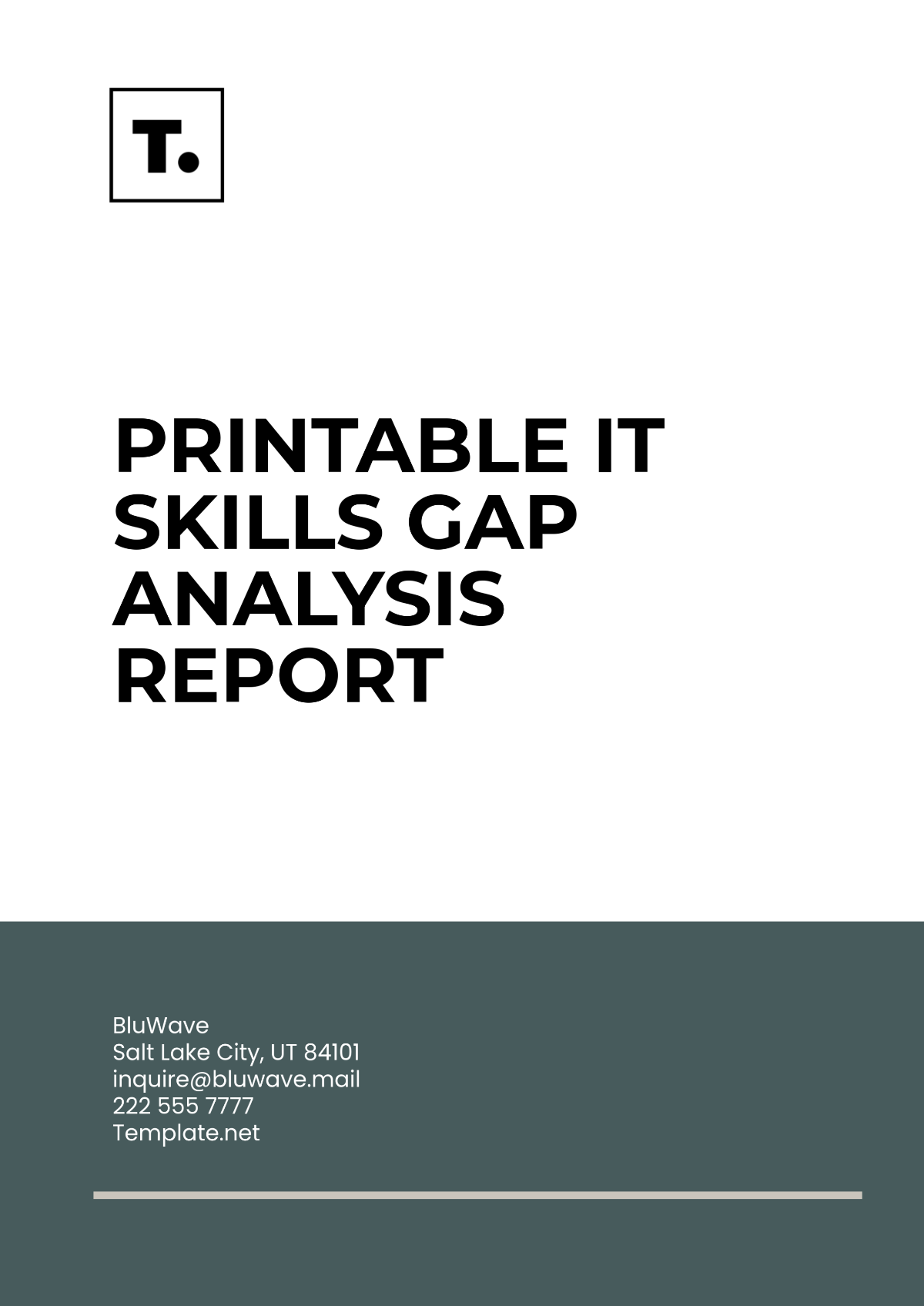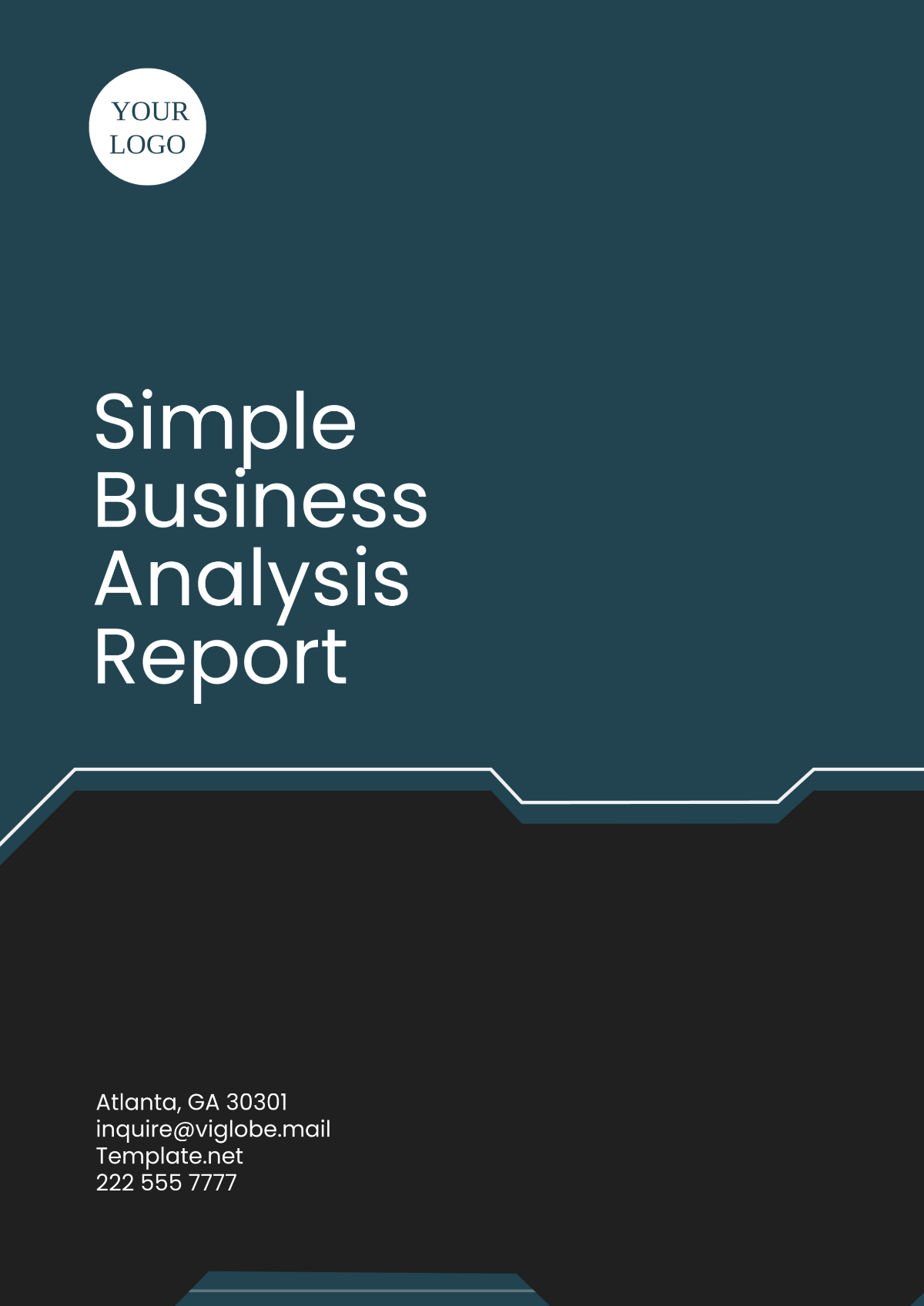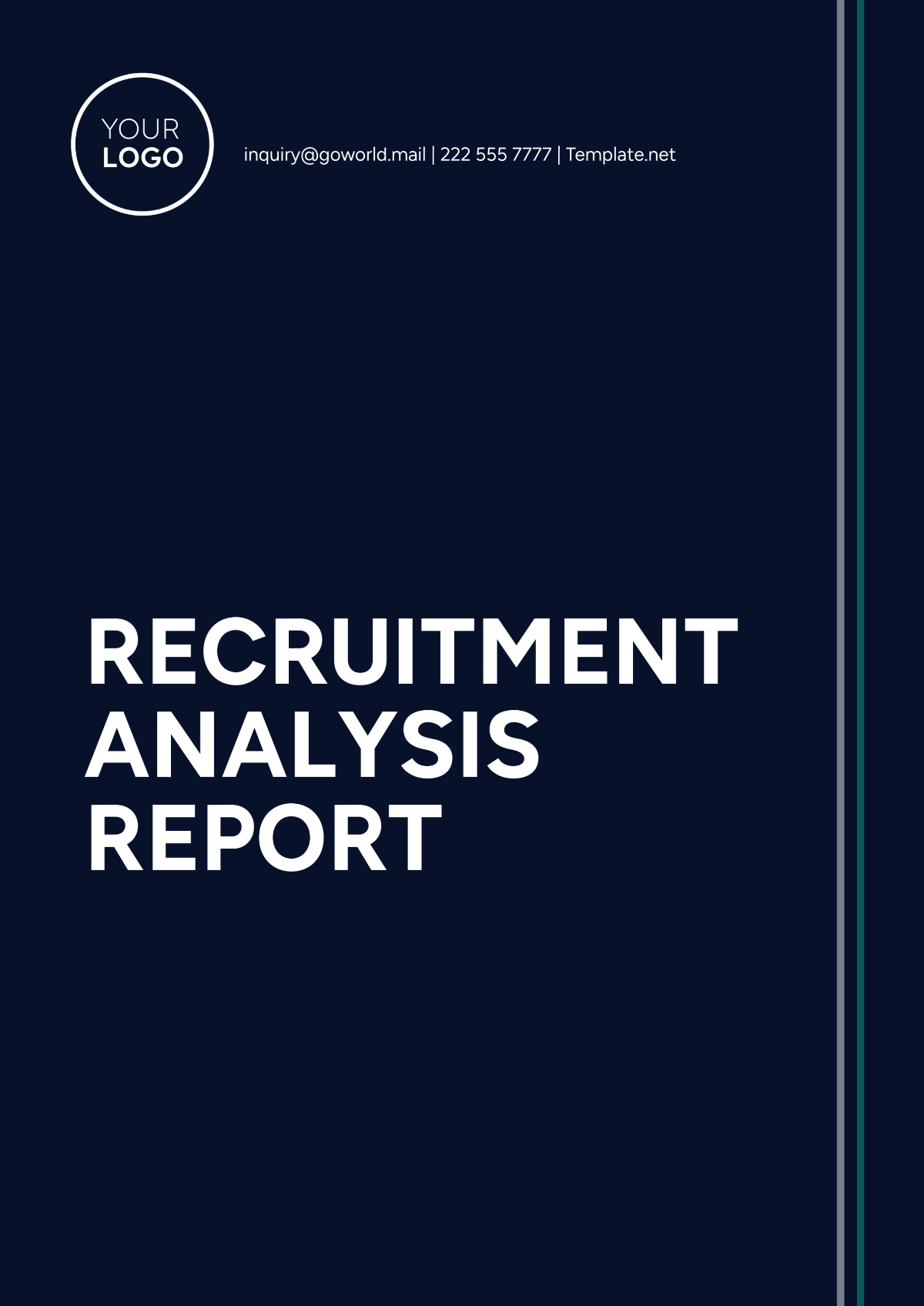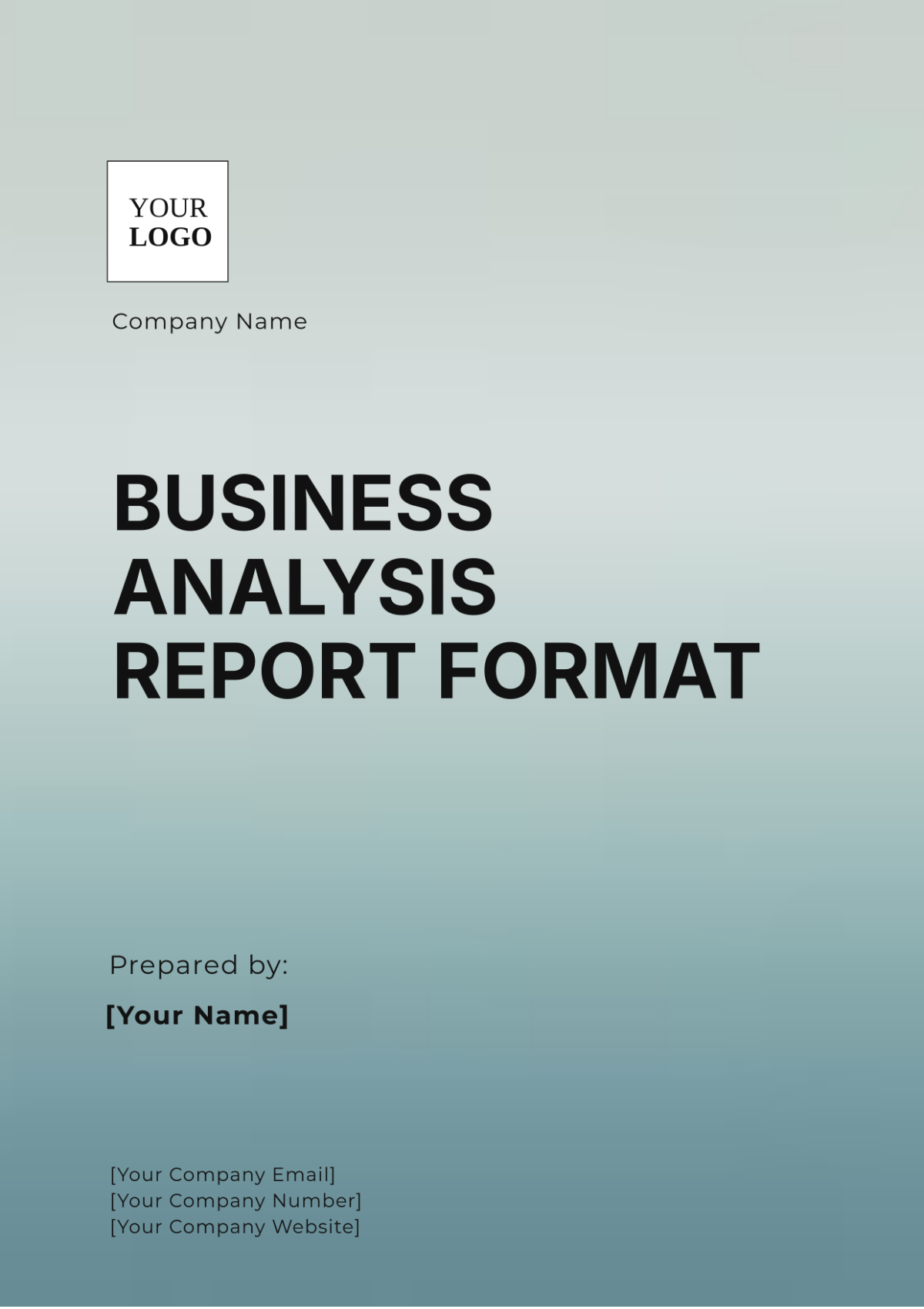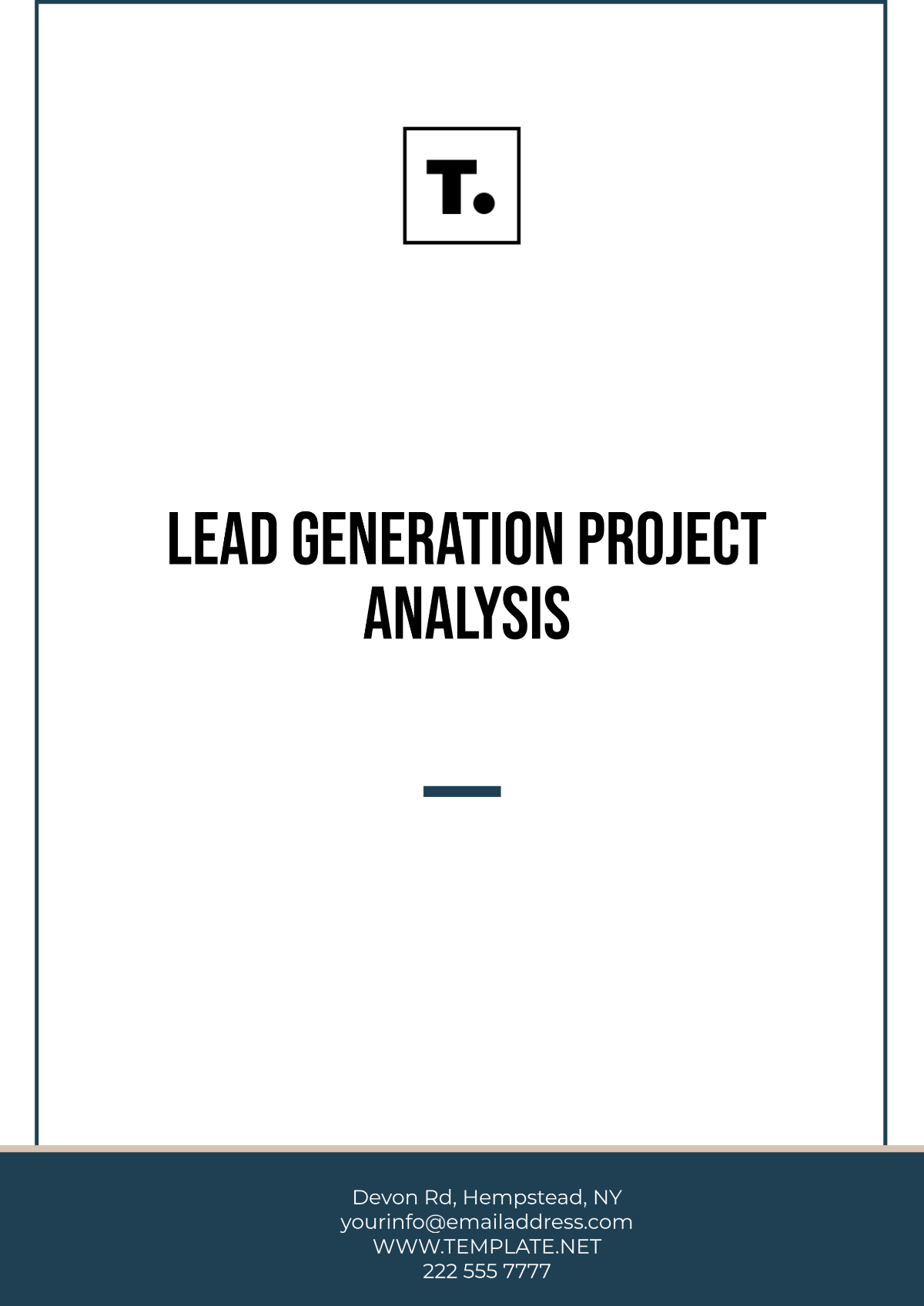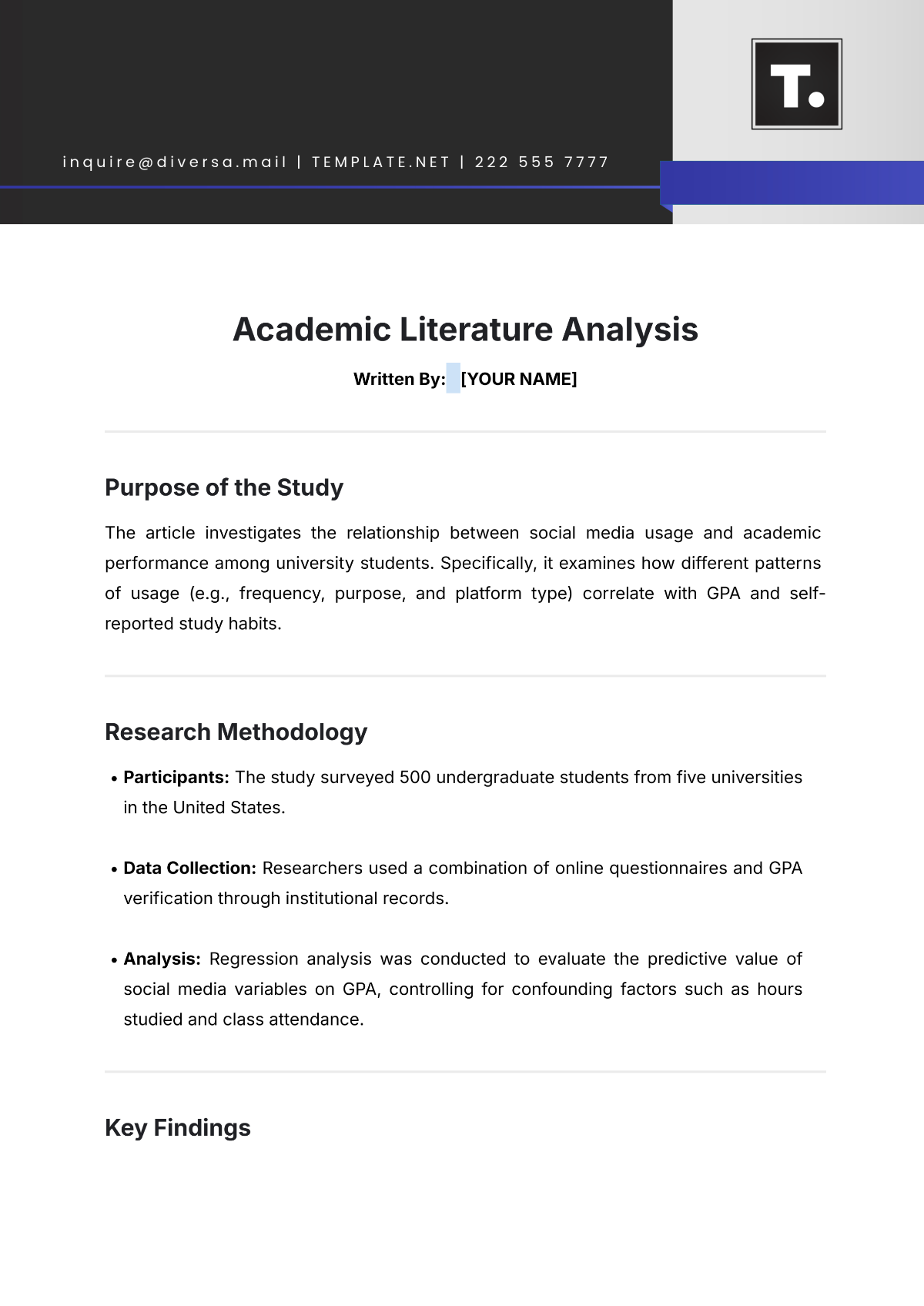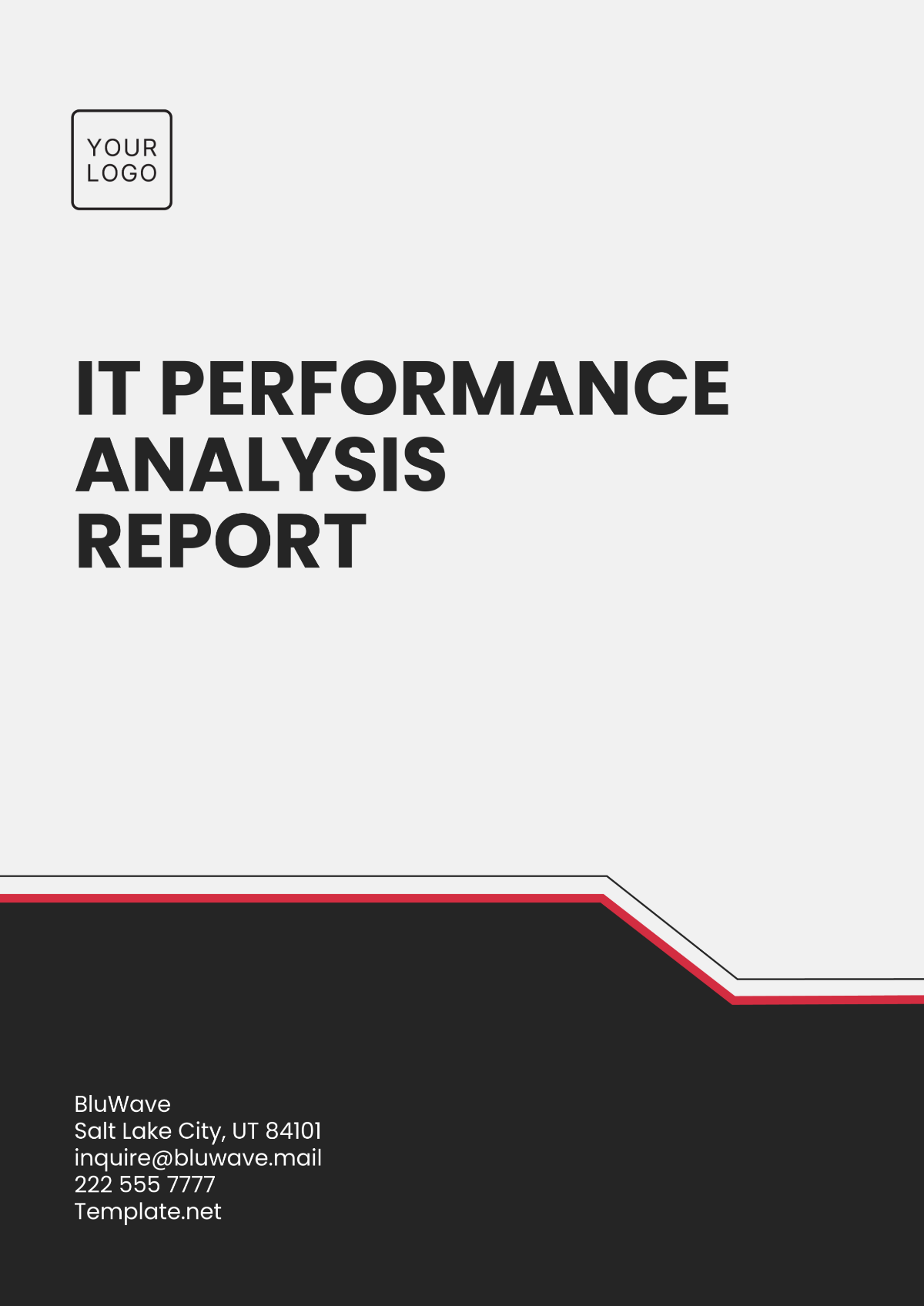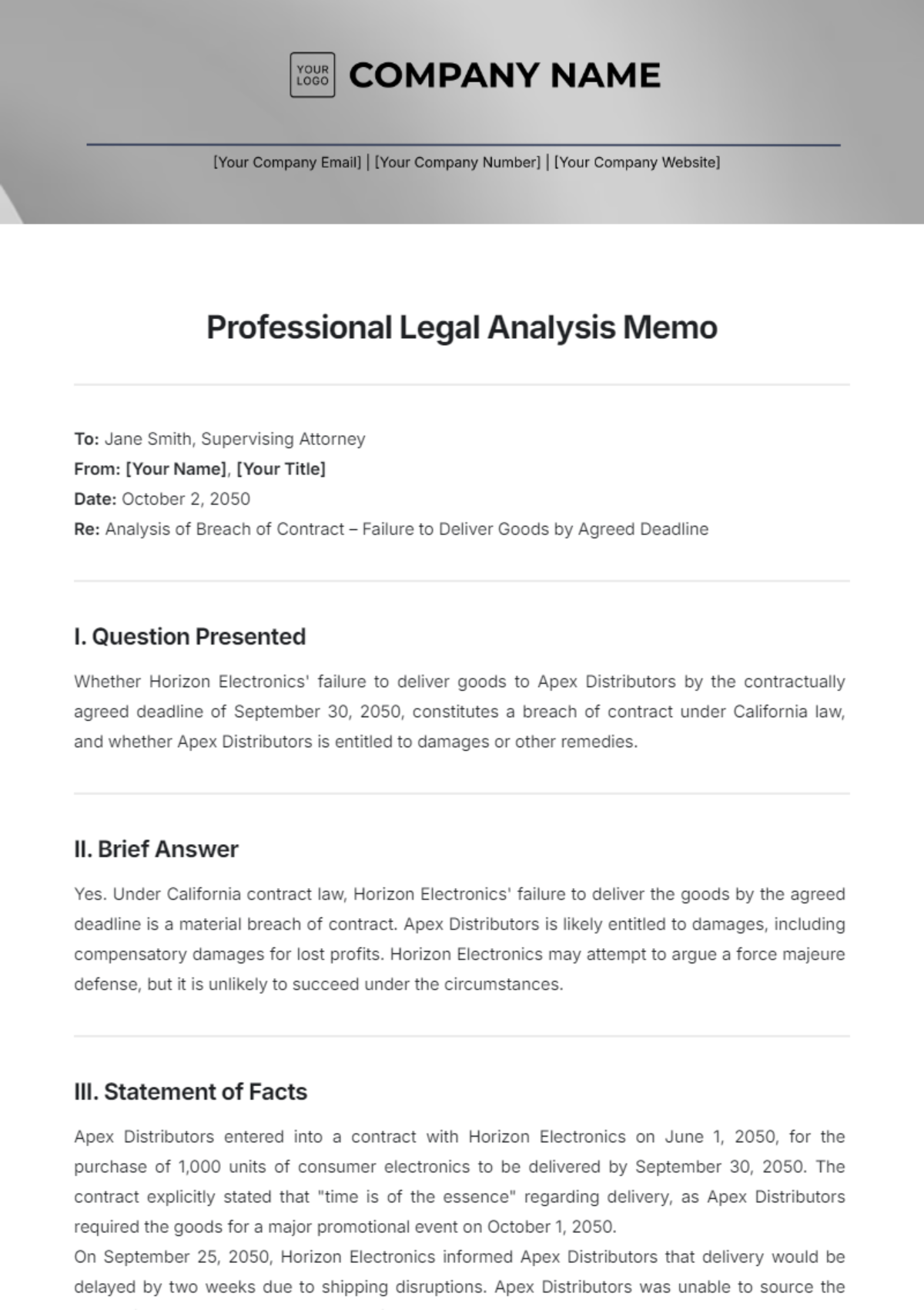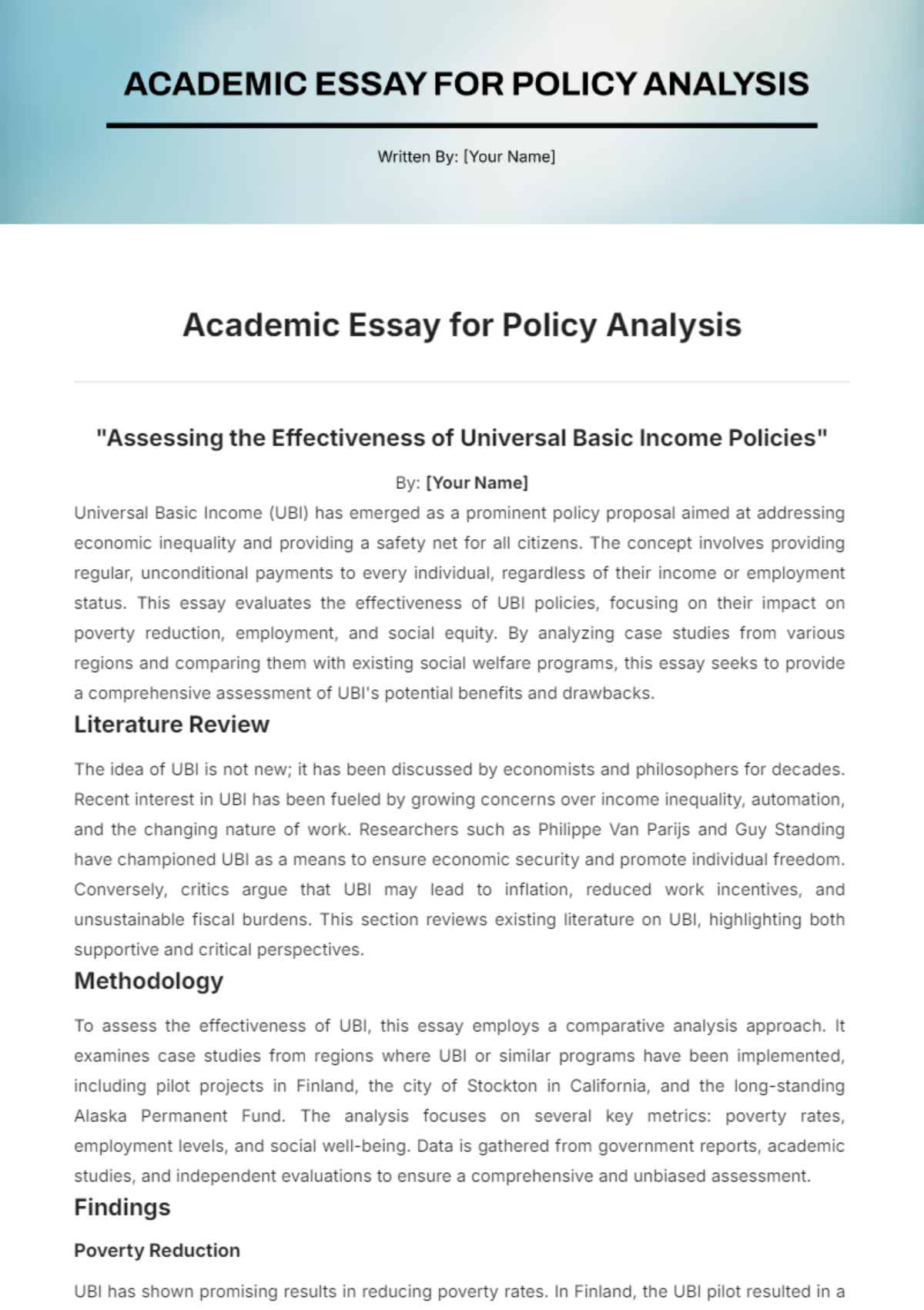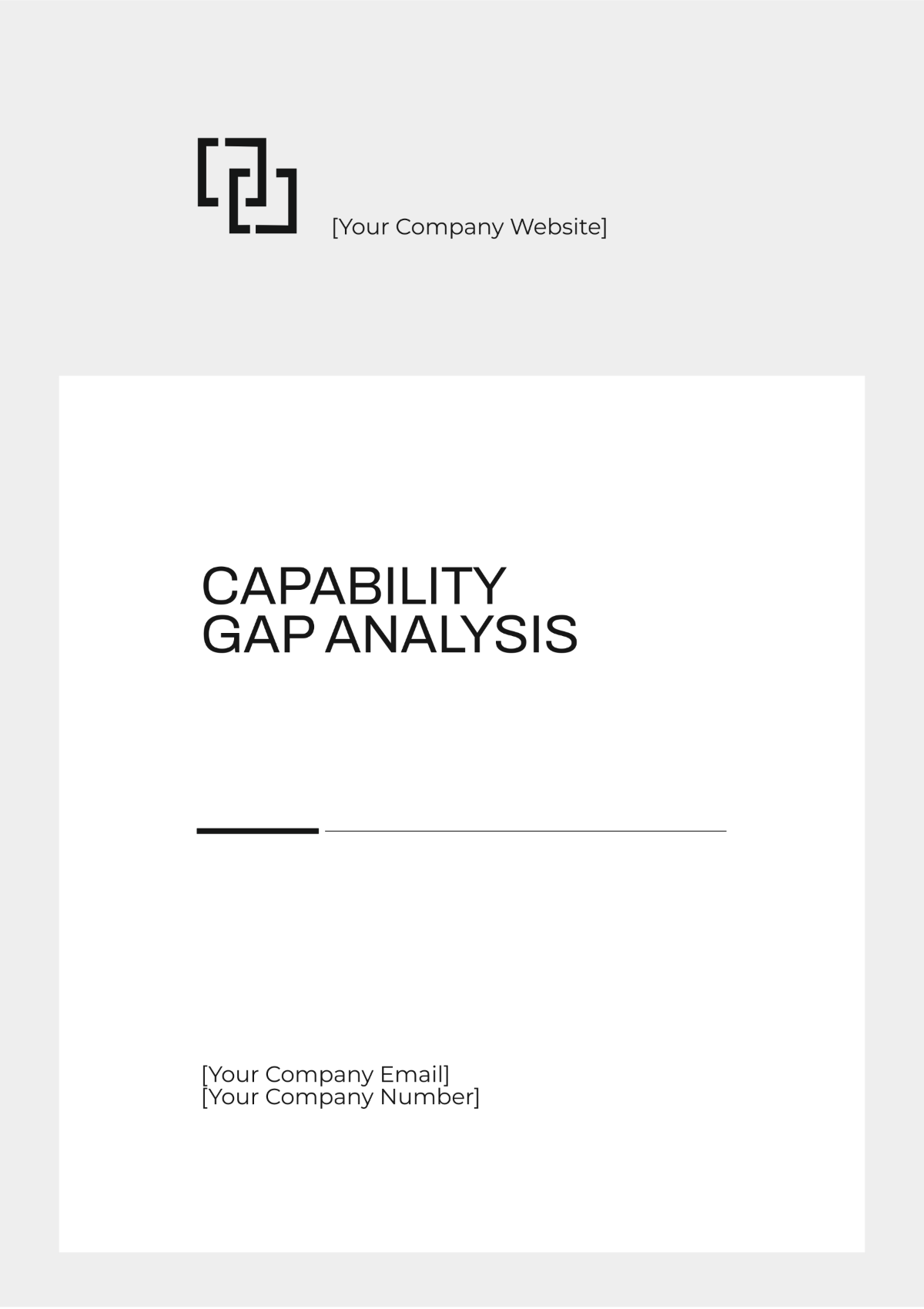Gap Analysis Compliance
Introduction
This report provides a comprehensive analysis of the current compliance status of [YOUR COMPANY NAME]. The objective is to identify existing gaps and recommend actionable solutions to achieve full compliance with regulatory standards. The scope of this analysis includes assessing our internal policies, procedures, and practices against established benchmarks.
Methodology
The methodology adopted for this gap analysis includes several steps:
Document Review: Examination of existing policies, procedures, and compliance records.
Stakeholder Interviews: Conducting structured interviews with key personnel.
Compliance Checklists: Utilizing predefined checklists to assess compliance levels.
Gap Identification: Identifying areas where current practices diverge from requirements.
Reporting: Documenting findings and recommending corrective actions.
Findings
The findings from the gap analysis are summarized in the following sections.
1. Policy Gaps
Several policy gaps were identified, notably in the areas of data protection and employee training:
Data Protection: Current policies do not adequately address data encryption standards.
Employee Training: There is a lack of regular training programs on compliance matters.
2. Procedural Gaps
Procedural gaps were identified in documentation and process automation:
Documentation: Inadequate documentation of compliance procedures.
Process Automation: Manual processes lack integration with automated compliance monitoring systems.
3. Practice Gaps
Our assessment identified several practice gaps:
Incident Response: Existing protocols for incident response are incomplete and outdated.
Audit Trails: Insufficient maintenance and review of audit logs.
Recommendations
Based on the identified gaps, the following recommendations are made:
Policy Updates: Revise and update data protection policies to include advanced encryption techniques.
Training Programs: Implement regular compliance training for all employees.
Documentation Improvement: Enhance documentation practices to ensure all procedures are well-documented.
Automation Integration: Integrate automated systems for compliance monitoring and reporting.
Incident Response Enhancement: Update incident response protocols and conduct regular drills.
Audit Log Management: Establish a robust audit log management system with periodic reviews.
Conclusion
This GAP Analysis Compliance report has highlighted multiple areas where [YOUR COMPANY NAME] falls short of regulatory requirements. By addressing the identified gaps through the recommended actions, we can move toward full compliance and enhance our overall operational effectiveness.
References
1. Regulatory Compliance Standards Document, 2053.
2. Supreme Corporation Compliance Policy Manual, 2052.
3. Industry Best Practices for Compliance, Whitepaper, 2051.
Appendices
Appendix A: Glossary of Terms
Term | Definition |
|---|---|
Compliance | Adherence to laws, regulations, guidelines, and specifications relevant to the business. |
Gap Analysis | A method of assessing the differences in performance between a business’s information systems or software applications to determine whether business requirements are being met. |
Audit Trail | A step-by-step record by which financial data can be traced to its source. |















